Do you have a pesky monkey grass problem that you just can’t seem to get rid of? If so, you’re not alone. Monkey grass is a difficult weed to eradicate, but with the right tools and information, you can do it! In this epic guide, we will answer all of your questions about monkey grass and provide tips on how to kill it once and for all. Let’s get started!
Table of Contents
What is Monkey Grass?
Monkey grass, also known as liriope, is a genus of evergreen perennial plants native to southern and eastern Asia. Many varieties of monkey grass are found in gardens and landscapes across the world. It has long, grass-like leaves that grow from underground rhizomes and can reach heights up to 12 inches tall.
Unfortunately, monkey grass can become invasive if not properly managed. This can lead to large swatches of grass taking over an entire lawn or garden bed, making it difficult to control without specialized treatments. To ensure that the plant remains under control, it’s important to know how to kill monkey grass when it becomes a nuisance. [1], [2], [3]
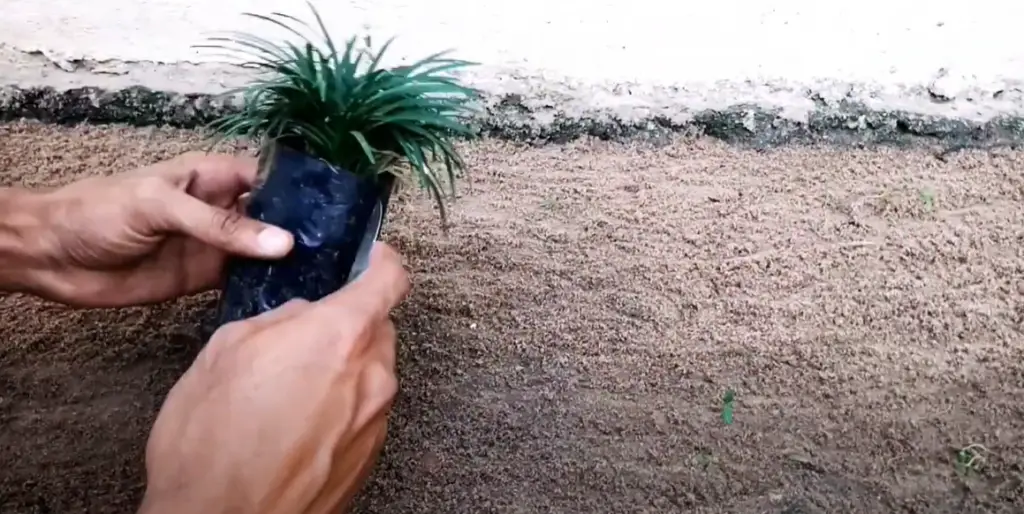
How Can Monkey Grass Become Invasive?
Because monkey grass is known as an “invasive species,” meaning that it can spread rapidly and overwhelm an area, crowding out other plants and becoming difficult to control. This is because the rhizome root system of monkey grass allows for offshoots to break away from the main plant clump and establish new colonies far away from the original plant.
Additionally, the large network of roots from monkey grass can spread far and wide to choke out other nearby plants. This makes it difficult for gardeners to remove without specialized treatments or chemicals.
Another reason homeowners might consider getting rid of monkey grass is that it is poisonous for cats and dogs if they eat it. As such, it’s important to know how to kill monkey grass if you have pets at home.
How Do You Kill Monkey Grass?
So now you know what monkey grass is and why it can become invasive, so the next step is to learn how to kill it. Killing monkey grass requires specialized treatments that target the rhizomes of the plant, as well as any new offshoots that may have been established far away from the main plant clump. However there are alternative, more natural, solutions available for those who are uncomfortable with the use of specialized weed killers.
Dig up the roots
The most straightforward way to kill monkey grass is to physically dig up the entire plant and its roots. This should be done using a shovel or spade, as you need to make sure that every last bit of the plant has been removed from the soil. Dig at least six inches away from where the stem meets the ground, as this is where the bulk of the rhizomes will be located. Once you have dug up all of the rhizomes, place them in a plastic bag and dispose of them in your trash bin.
To make the job easier, you can ‘damage’ the grass by mowing it down before you start to dig. This will weaken the plant and make it easier for you to remove from the ground.
Once you dug up everything, wait for two weeks to observe whether new shoots appear. If they do, you will need to repeat the process of digging them up until all traces of monkey grass are gone. For fresh grass, you can use white vinegar or boiling water to kill it.
Pour boiling water on it
Pouring boiling hot water on the monkey grass clump is one of the easiest and most effective ways to kill it. The heat from the boiling water will penetrate deep into the ground and kill off any rhizomes growing below, as well as above ground shoots. This method is also safe for other plants in your yard (as long as they are located farther away), so there’s no need to worry about accidentally killing something else while trying to get rid of your monkey grass problem.
To ensure the process will go as smoothly as possible, you can dig an area close to the roots and then pour boiling water into the hole. You may need to repeat this process several times to completely kill the monkey grass.
After the plant has wilted, you can safely remove the dead foliage and discard it. You should also be sure to dispose of any roots you find, as they may still contain viable rhizomes that could re-establish the plant in your yard.

Contain the area
If you can contain the area where the monkey grass is growing, it will help you to control it much more easily. This means that putting a barrier in place such as mulch or plastic sheeting around the plant can go a long way in preventing new shoots from sprouting away from your containment efforts.
To ensure the grass is properly contained the barrier should be buried at least 12+ inches down. This will help prevent any new offshoots from coming into contact with the soil and thus sprouting.
Use ground covers
While this method won’t kill the existing monkey grass clump, it will help prevent additional growth. Planting ground covers over the area of monkey grass can be a great way to keep the plant from spreading further and help restore balance in the landscape. Ground covers tend to out-compete other plants for resources like light, water and soil nutrients, so they are an effective tool for containing monkey grass growth without resorting to chemical treatments.
Weakening the grass in such a way that it can no longer compete is also a great way to kill monkey grass. This can be done by removing any fertilizer you may have been applying, mowing the area regularly or even cutting away at the plant itself. The weakened state of the grass will eventually cause it to die off completely without further assistance from weed killers.
Use herbicides
For large areas of monkey grass, or for those who are uncomfortable dealing with the plant physically, herbicides can be used as a more convenient and less labor intensive option. There are various kinds of herbicides available that can be used to kill monkey grass in both residential and commercial areas. These include contact-killing products like glyphosate, which will kill plants on contact but won’t reach down into the soil where rhizomes are located.
Systemic herbicides like imazapyr are another popular choice for killing monkey grass because they penetrate deep into the root system of the plant, killing all parts of it. However systemic herbicides may also kill other plants near the targeted area, so caution should be taken when using them.
Herbicides come in many forms, such as liquids and granules, so you should be sure to read any labels carefully before selecting the best option for your needs. When using herbicides, it is important to follow all safety precautions on their packaging and use protective gear such as gloves and eye protection. Additionally, take care to prevent runoff of the product into waterways or areas where it could harm animals or other valuable vegetation. Once applied, allow a few weeks for the herbicide to take effect before attempting further removal of monkey grass from the area.
You can further boost your success chances by cutting the grass before applying the herbicide, as this will help the product penetrate further into the plant.
You also should avoid spraying the herbicide if the rain is anticipated the next day, as rain will wash away the product and possibly render it ineffective. Additionally, avoid performing herbicide treatment in the windy conditions as it will reduce the efficacy of the product and will spread it around.
If you don’t see any progress after a few weeks, reapply the product according to manufacturer instructions. With proper use, herbicides can be an effective method of controlling monkey grass growth in your area.
Call a professional
In some cases, it may be best to leave the task of killing monkey grass to a professional. Professional landscapers and gardeners have access to more powerful herbicides and specialized equipment that are not available to homeowners. They can use these tools to quickly and efficiently remove large sections of the plant from a property with minimal disruption or damage.
Remember, killing monkey grass is a time consuming process and it is not always easy to do it yourself. Taking the time to find a reputable professional who knows how to effectively kill monkey grass can save you money, time and stress in the long run. [1], [2], [3]
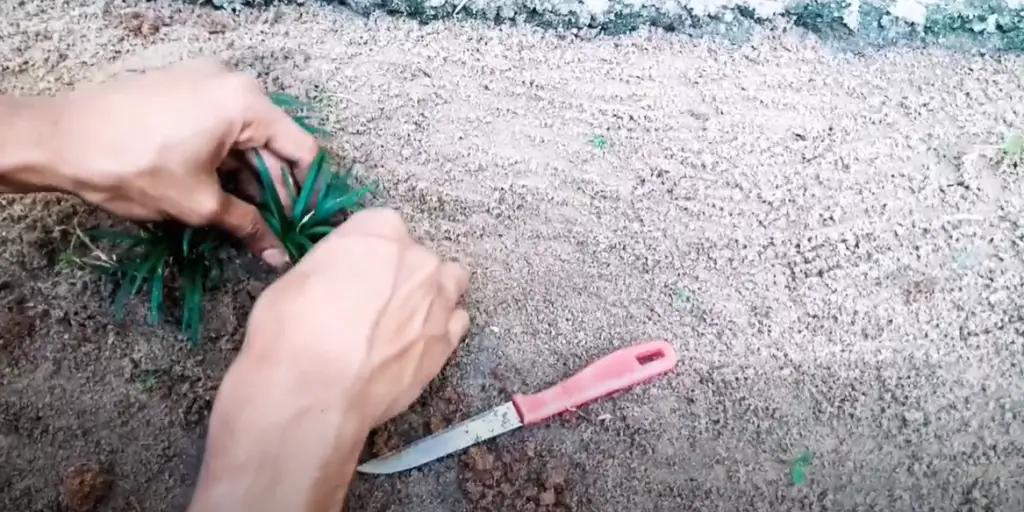
What Can You Replace Monkey Grass With?
So you got rid of the monkey grass, but now you’re left with a patch of bare soil. Fortunately there are many alternatives to consider when choosing plants or ground covers to replace your monkey grass. Let’s discuss some popular options!
Mondo grass
Mondo grass is a popular choice for replacing monkey grass, as it’s one of the few plants that can tolerate shady and dry areas. A slow-growing evergreen with small dark green leaves, mondo grass looks similar to monkey grass but grows much slower. It also requires less maintenance than other ornamental grasses and doesn’t need to be trimmed until it gets over 6 inches tall.
Liriope
Liriope is another great option for replacing monkey grass. Its long thin blades give this plant a soft texture and warm appearance. Liriope also works well in both sun and shade conditions unlike many other ground covers which require specific lighting conditions. This plant maintains its height without needing to be trimmed and only requires occasional fertilization to keep its vibrant green color. [3]
FAQ
How to keep monkey grass from spreading?
The best way to keep monkey grass from spreading is by removing existing runners and new shoots as soon as they appear. For rapid-spreading ground cover varieties, you may need to invest in edging along the planting beds where the monkey grass is situated. This will help contain the spread of the plants through underground runners. Additionally, it’s important to practice regular mowing for any surface-spreading types of monkey grasses at least once a month. This will help prevent seed production and reduce the likelihood of spread into other areas of your landscape.

Will boiling water kill monkey grass?
Boiling water can be an effective way to kill monkey grass. However, it is important to note that boiling water can also damage other plants in the area, so it should only be used as a last resort method when all else has failed.
When using boiling water to kill monkey grass, dig up a small area near the roots, then pour boiling water directly onto it. Make sure to pour enough so that it reaches the roots of the plant and saturates the soil. Cover up any remaining areas of the grass with plastic, as this will prevent new growth.
How to get rid of monkey grass naturally?
The most natural way to get rid of monkey grass is to physically remove it. Digging up monkey grass is labor intensive, but it guarantees that all parts of the plant have been removed and prevents the spread of any remaining roots. To dig out monkey grass, start by clearing away debris from around the area where the plants are located. Using a spade or shovel, carefully dig a trench around each clump of grass. Once you’ve exposed the root system, use pruning shears or anvil pruners to cut back as much foliage as possible without disturbing the soil too much. Then use your shovel or spade to gently tease out and remove each individual root in its entirety until all pieces have been lifted out. Repeat this process for each patch of monkey grass.
What kills monkey grass permanently?
The most effective way to kill monkey grass and prevent it from growing back is to use a selective herbicide. Selective herbicides are specifically formulated to kill certain types of plants while leaving other plant species unharmed. Common active ingredients in selective herbicides used for killing monkey grass include glyphosate.
To apply the herbicide safely and effectively, first make sure that the area you’re treating does not contain any desirable plants that you don’t want to accidentally damage or kill. Then be sure to follow all label instructions on the product carefully, as different products may have slightly different application procedures. Generally speaking, when applying these chemicals, wearing protective clothing such as long pants, closed-toe shoes, and goggles is recommended.
Once you’ve applied the herbicide, it’s important to wait until the grass has had enough time to absorb the treatment before attempting to remove it. This may take a few weeks or more, so patience is key. After that, use a shovel to dig up any remaining roots and rhizomes. Dispose of them properly, preferably in an area away from other plants where they won’t spread their seeds or regrow.

Will bleach kill monkey grass?
Yes, bleach is an effective herbicide for monkey grass. Additionally, other household items such as vinegar and salt can be used to kill the plant.
When using any of these products, it’s important to take extra care in order to avoid damaging surrounding plants or lawn turf. The best way to apply them is with a sprayer or in a targeted manner on specific areas by hand.
To use bleach as a herbicide: Mix 1/4 cup of bleach per gallon of water and pour the mixture over the infested area. Be sure to wear gloves and protective eyewear while handling bleach and remember that even small amounts are still toxic if they come into contact with skin or get inhaled. Allow the solution to sit on the grass for at least 20 minutes before rinsing it off.
Useful Video: How to Kill Monkey Grass – Family Plot
Conclusion
Monkey grass is a common decoration for lawns and gardens, but it can be a stubborn weed that’s hard to kill. However with careful application and patience you can eventually be successful. In this article, we have discussed the most effective methods of killing monkey grass and provided tips on how to get rid of it.
Methods in your disposal are divided into chemical and non-chemical ones. Chemical methods involve using herbicides, while non-chemical methods include manually removing the grass and smothering it with a cover to reduce its growth.
No matter which method you choose, it is important that you’re consistent in your efforts and have patience – killing monkey grass can take some time and multiple attempts. When dealing with pesky patches, use an herbicide or a vinegar solution to destroy the existing growth before starting over again with new soil and mulch. By following all of these steps, you should have success in getting rid of your monkey grass problem for good!
Good luck! We hope this guide has been useful – happy gardening!
References:
- https://www.spring-green.com/learn/blogs/blog-get-rid-monkey-grass
- https://agreenhand.com/how-to-kill-monkey-grass/
- https://suggesthow.com/how-to-kill-monkey-grass/

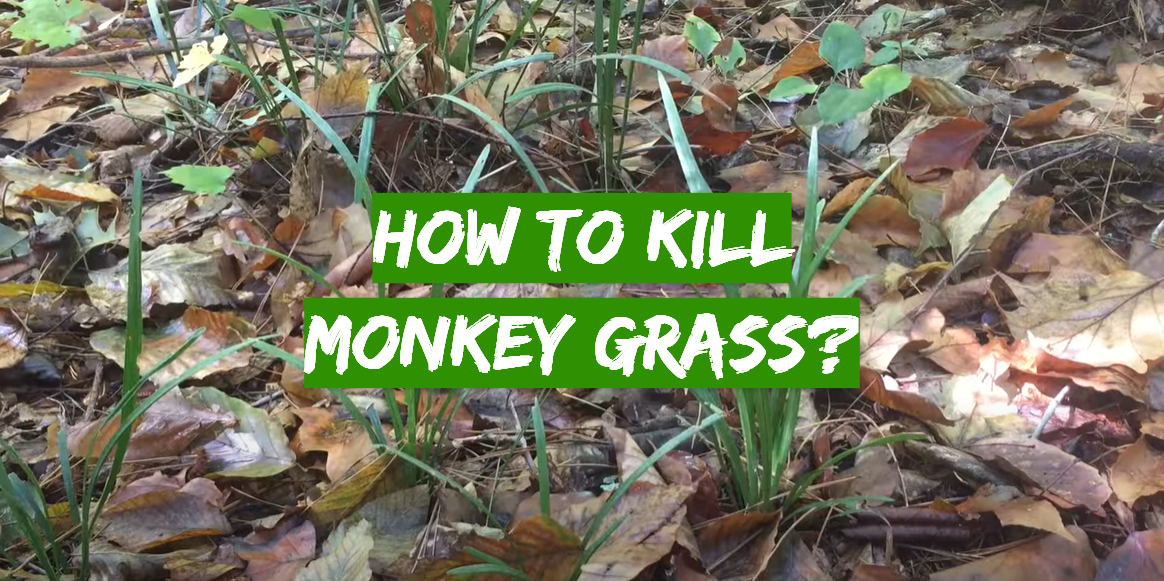


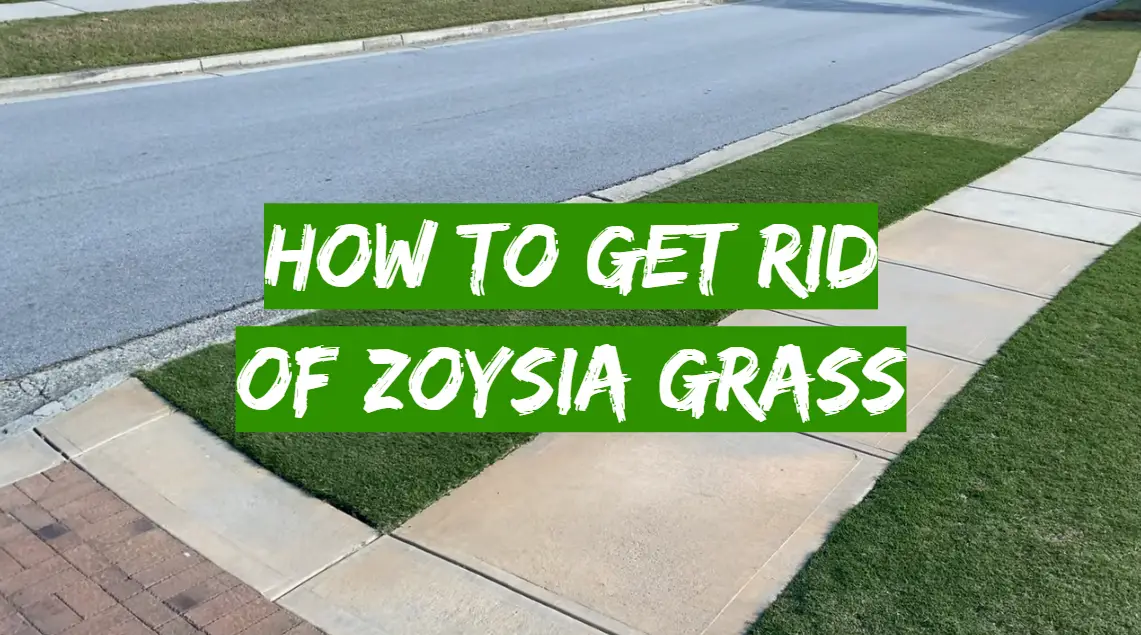
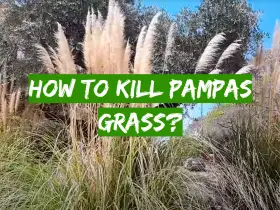

Leave a Reply
View Comments